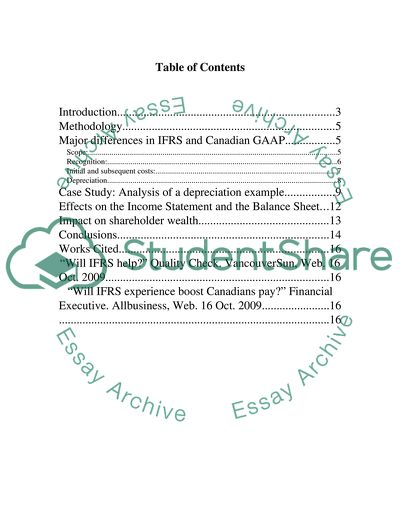Cite this document
(Accounting Methods for Property, Plant and Equipment under IFRS-A Research Proposal, n.d.)
Accounting Methods for Property, Plant and Equipment under IFRS-A Research Proposal. Retrieved from https://studentshare.org/finance-accounting/1728294-accounting-methods-for-property-plant-and-equipment-under-ifrs-a-comparison-to-canadian-gaap
Accounting Methods for Property, Plant and Equipment under IFRS-A Research Proposal. Retrieved from https://studentshare.org/finance-accounting/1728294-accounting-methods-for-property-plant-and-equipment-under-ifrs-a-comparison-to-canadian-gaap
(Accounting Methods for Property, Plant and Equipment under IFRS-A Research Proposal)
Accounting Methods for Property, Plant and Equipment under IFRS-A Research Proposal. https://studentshare.org/finance-accounting/1728294-accounting-methods-for-property-plant-and-equipment-under-ifrs-a-comparison-to-canadian-gaap.
Accounting Methods for Property, Plant and Equipment under IFRS-A Research Proposal. https://studentshare.org/finance-accounting/1728294-accounting-methods-for-property-plant-and-equipment-under-ifrs-a-comparison-to-canadian-gaap.
“Accounting Methods for Property, Plant and Equipment under IFRS-A Research Proposal”, n.d. https://studentshare.org/finance-accounting/1728294-accounting-methods-for-property-plant-and-equipment-under-ifrs-a-comparison-to-canadian-gaap.


